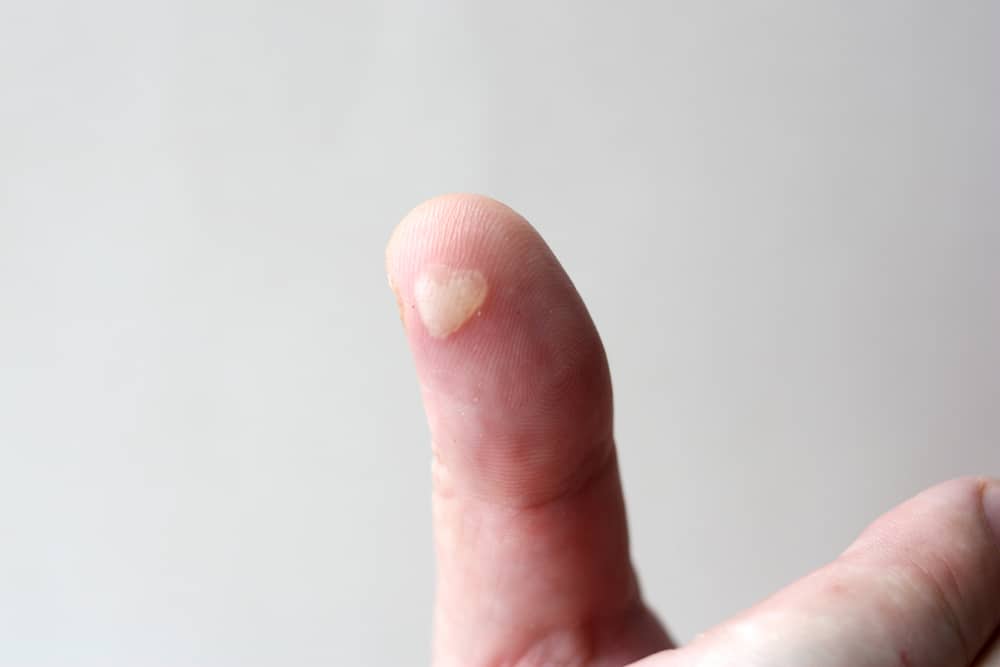Golf is a sport enjoyed by millions of people around the world. It’s a great way to get some fresh air, stay active, and spend time with friends or family. However, like any sport, golf can take a toll on your body, particularly your hands. One of the most common injuries among golfers is a blister on the thumb.
Blisters on the thumb can be caused by a variety of factors, such as repetitive motions, grip pressure, or the use of improperly fitted golf clubs. They can be painful and uncomfortable, and if left untreated, they can even become infected. That’s why it’s essential to understand the causes, symptoms, and treatment options for blisters on the thumb from golf.
In this article, we’ll explore the various factors that can cause blisters on the thumb from golf and the symptoms you may experience. We’ll also discuss how to diagnose and treat blisters at home and when to seek professional medical attention. Additionally, we’ll provide tips on how to prevent blisters from occurring in the first place.
By understanding the causes and treatment options for blisters on the thumb from golf, you can reduce your risk of developing this painful injury and ensure a speedy recovery. So, let’s dive in and explore everything you need to know about blisters on the thumb from golf.

Causes of Blisters on the Thumb from Golf
Blisters on the thumb are usually caused by repetitive motions and grip pressure. When you swing a golf club, you are putting a lot of stress on your hands, especially your thumbs. Over time, this can lead to the development of blisters. Other causes of blisters on the thumb from golf include using improperly fitted golf clubs, excessive swinging and practicing, and sweaty or moist conditions.
Symptoms of Blisters on the Thumb from Golf
The symptoms of blisters on the thumb from golf are similar to those of blisters caused by other activities. You may experience pain and discomfort, redness and swelling, and fluid-filled blister formation. In severe cases, blisters may even break open, leaving your skin vulnerable to infection.
Diagnosis and Treatment of Blisters on the Thumb from Golf
If you develop a blister on your thumb from golf, you can usually treat it at home. However, if the blister is large, painful, or shows signs of infection, you should seek professional medical attention. To treat a blister on your thumb from golf, follow these steps:
- Clean the affected area with soap and water.
- Apply a sterile, non-stick bandage to the blister.
- If the blister has already broken open, apply an antibiotic ointment to the area.
- Cover the blister with a protective pad or dressing.
You should also rest your thumb and avoid further aggravation until the blister has healed.
Prevention of Blisters on the Thumb from Golf
Preventing blisters on the thumb from golf is essential to avoiding this painful injury. To prevent blisters, follow these tips:
- Use proper grip and hand positioning when swinging the club.
- Wear golf gloves to protect your hands.
- Regularly maintain your golf clubs to ensure they are properly fitted.
- Take breaks and avoid excessive practice.
By taking these preventative measures, you can reduce your risk of developing blisters on your thumb from golf.
Other Conditions That May Mimic Blisters on the Thumb from Golf
It’s important to note that not all injuries to the thumb from golf are blisters. Other conditions that may mimic blisters on the thumb from golf include calluses, warts, herpetic whitlow, and tendinitis. If you are experiencing symptoms that do not match those of blisters, you should seek professional medical attention.
Conclusion
In conclusion, blisters on the thumb from golf are a common injury that can be prevented with proper technique and equipment. If you do develop a blister, you can usually treat it at home. However, if the blister is severe or shows signs of infection, you should seek professional medical attention. By taking preventative measures and seeking prompt treatment, you can ensure a speedy recovery and get back to enjoying the game of golf.
